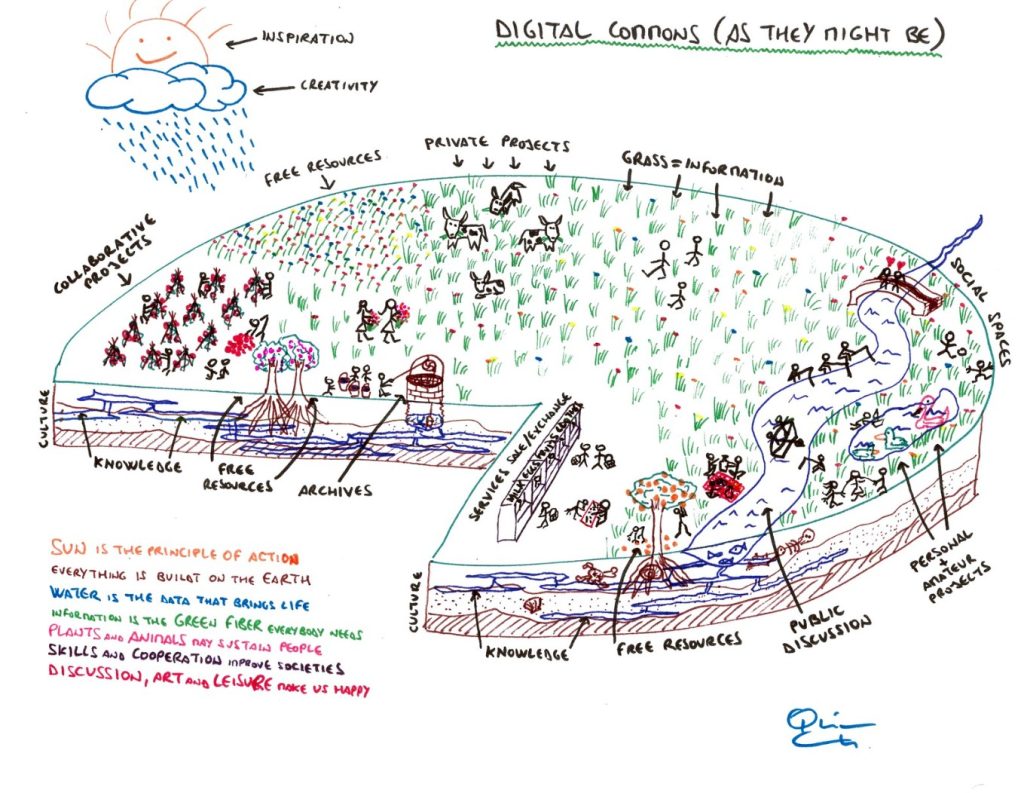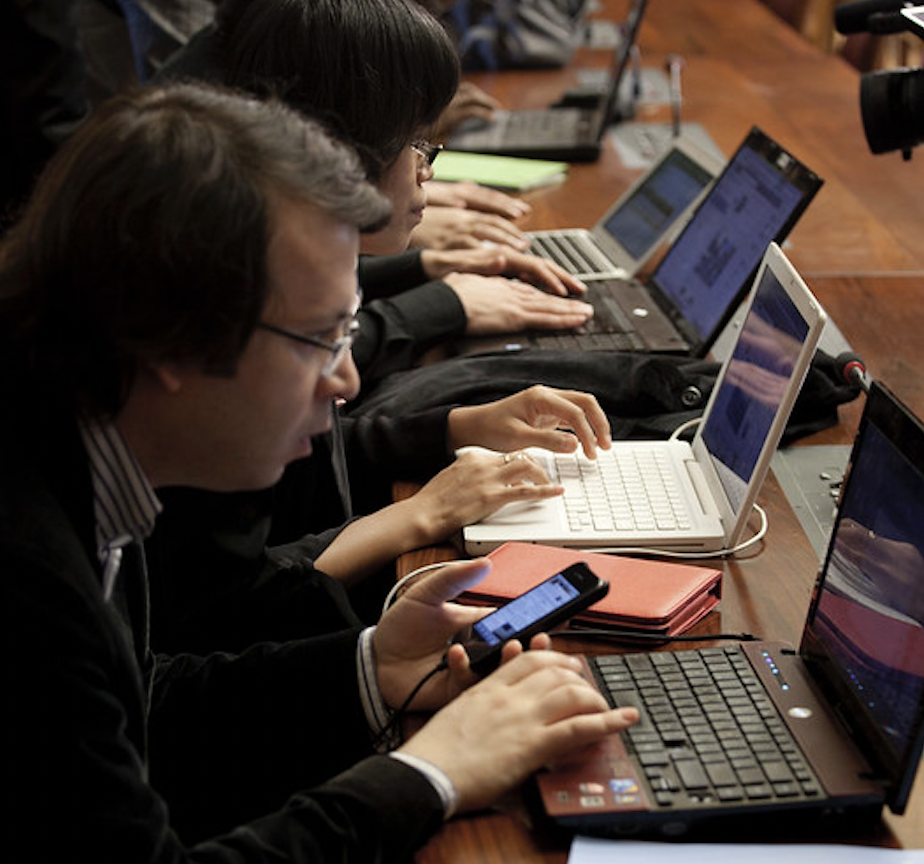Synthesis is something you already do in your everyday life. For example, if you are shopping for a new car, the research question you are trying to answer is, "Which car should I buy"? You explore available models, prices, options, and consumer reviews, and you make comparisons. For example: Car X costs more than car Y but gets better mileage. Or: Reviewers A, B, and C all prefer Car X, but their praise is based primarily on design features that aren’t important to you. It is this analysis across sources that moves you towards an answer to your question.
Early in an academic research project you are likely to find yourself making initial comparisons—for example, you may notice that Source A arrives at a conclusion very different from that of Source B—but the task of synthesis will become central to your work when you begin drafting your research paper or presentation.




